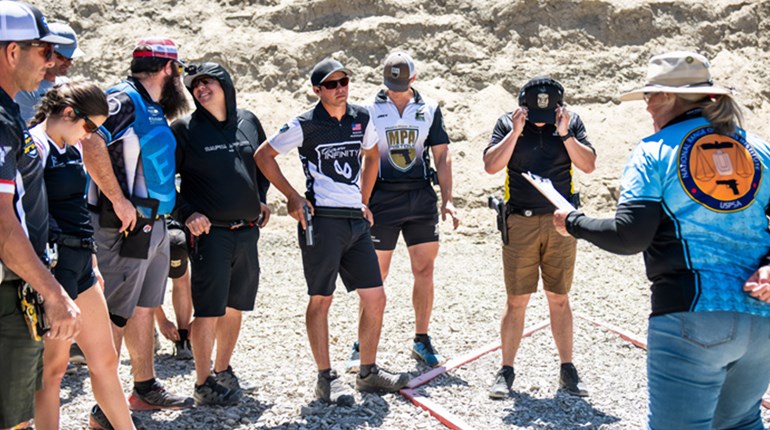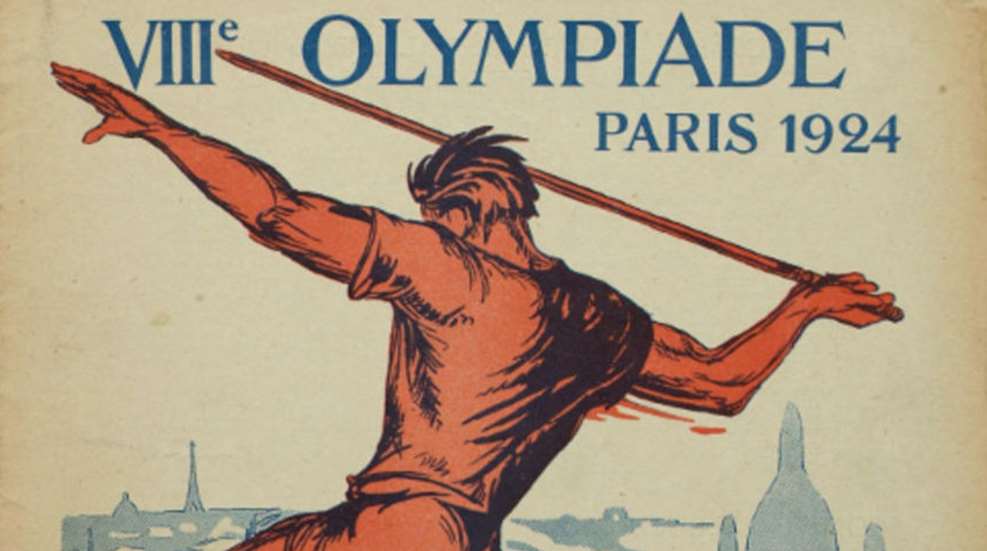
The below is an excerpt from the 1978 book, Olympic Shooting, written by Col. Jim Crossman and published by the NRA. Read Part 1 and Part 2.
1924—Paris: No Kitchen Sink (Part 3)
By Colonel Jim Crossman
The individual big bore rifle match was held at Chalons on a range which reminded the old-timers of Beverloo—it was so different. New, well planned and well run, the French range was a real pleasure to shoot on and the Americans soon showed how much they enjoyed it.
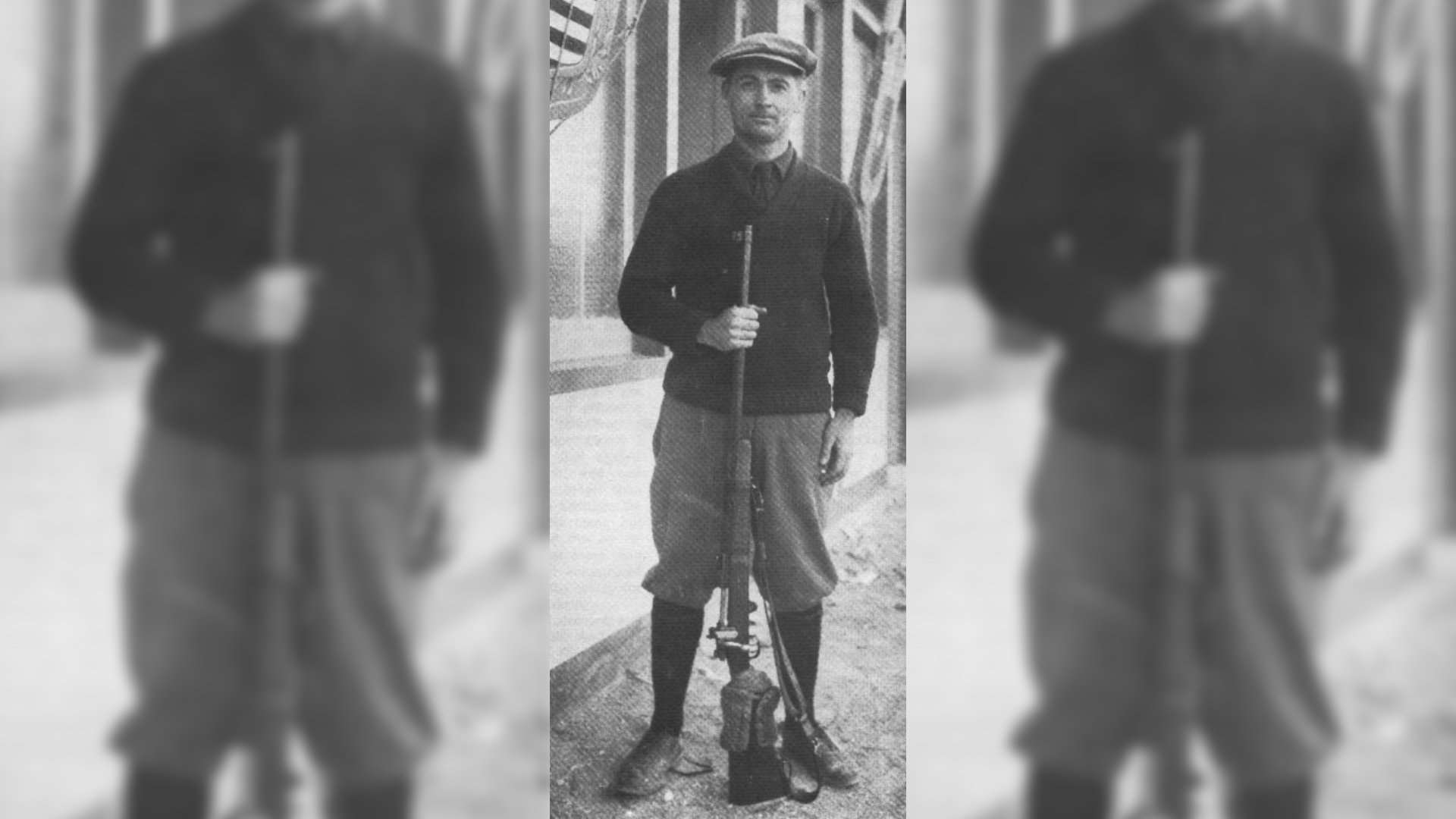
In the individual, Morris Fisher, fresh from winning the UIT free rifle championship, lost only 5 points for a 95. This was fine shooting for 20 shots at 600 meters (nearly 700 yards) on a target with a 12-inch 5-ring. Old hand Cy Osburn proved it was not an impossible score by tying Fisher, but lost in the shoot-off, 45 to Fisher's 48. Larson, Denmark, was third with 93.
Almost from the first shot, there was not much doubt that the U.S. team would win. That big, good looking Lt. Sid Hinds turned in a 50x50 possible to get the American team off to a good start, even though he was somewhat crippled and gun-shy. A short while before, at Rheims, he had been shooting alongside a Belgian who was more interested in arguing with the officials than in shooting. During one of the many altercations, the Belgian leaned his rifle up against the shooting bench. As the argument progressed someone knocked the rifle down, where it fell on Hinds' foot and went off. The bullet ricocheted around inside the new concrete shooting house, finally stopping against a French shooter. He loudly proclaimed he was dying and everyone rushed over to give him attention. It turned out he was more bruised and surprised than hurt. About this time, Hinds reach down to take that rifle off his toes—only to discover that the rifle had not fallen on his foot, but several inches short. What he though was the rifle falling on his foot turned out to be the bullet hitting four toes! With everyone hovering over the Frenchman, Hinds had a tough time convincing anyone that he, Hinds, was the real casualty. But, as his score in the team match showed, he soon recovered.
Shooting 10 shots per man for the five men, the Americans found the 12-inch 5-ring fairly easy at 400 meters, and averaged 49x50, for a total of 245—two points up on France and five up on Haiti, Switzerland and Finland. The 600-meter stage was more difficult, with a strong, tricky wind running, and with that little 5-ring looking pretty small at that distance. But the Americans picked up another five points on the field, giving them 470 at the end of this stage, with 460 in second place made by Haiti.
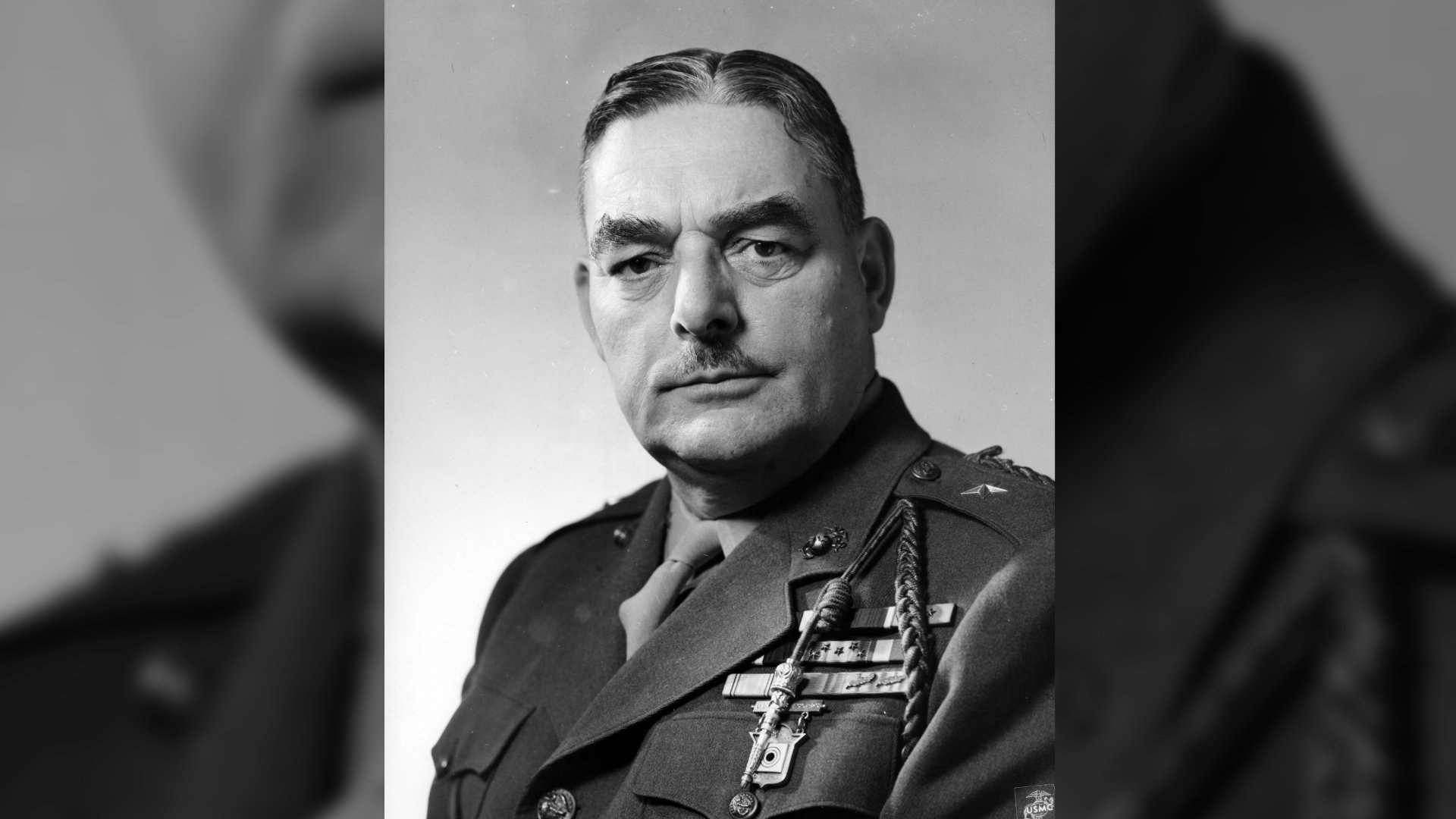
Haiti? Who ever heard of Haiti in the shooting game? By the end of the match, a lot of people had heard of Haiti and its shooting development!
Soon after the American occupation of Haiti, a Gendarmerie was formed, officered and trained by Marines, with the enlisted men largely the descendants of African slaves brought to the island many years before by the French. Although equipped with the Springfield rifle, at first they were given no training in shooting and the rifle was merely viewed as a rather awkward handle for the bayonet. But that was BD—before Doug, Col. Douglas C. McDougal, that is, who was put in command of the non-shooting Gendarmerie in 1921. With McDougal went Maj. Harry Smith. Both these men had been heavily involved in shooting in the Marine Corps, not only as individual competitors but as organizers and trainers. The result on the Gendarmerie was to be expected—it shortly became a shooting Gendarmerie, with rifle ranges scattered all over the island and an extensive course of instruction.
Learning of the 1924 Olympic shooting program, some Haitians got delusions of grandeur and proposed that they send a team. This from a group that had been shooting only two or three years, had never shot against any outside competition and had never shot at a distance longer than 200 yards. There was, in addition, the problem of financing the team, but the Haitians soon solved this by reporting to McDougal that every man in the Gendarmerie had volunteered to donate 5 percent of his salary for 5 months to finance the team.
So a team was formed, trained and equipped by the Marines. And here they were, outshooting the best of Europe and making the American team look back anxiously over their shoulders to see who was so close on their heels.
After tying for third in the 400-meter stage, the Haitians were in undisputed second place at the finish of the 600 meters and the first day's shooting.
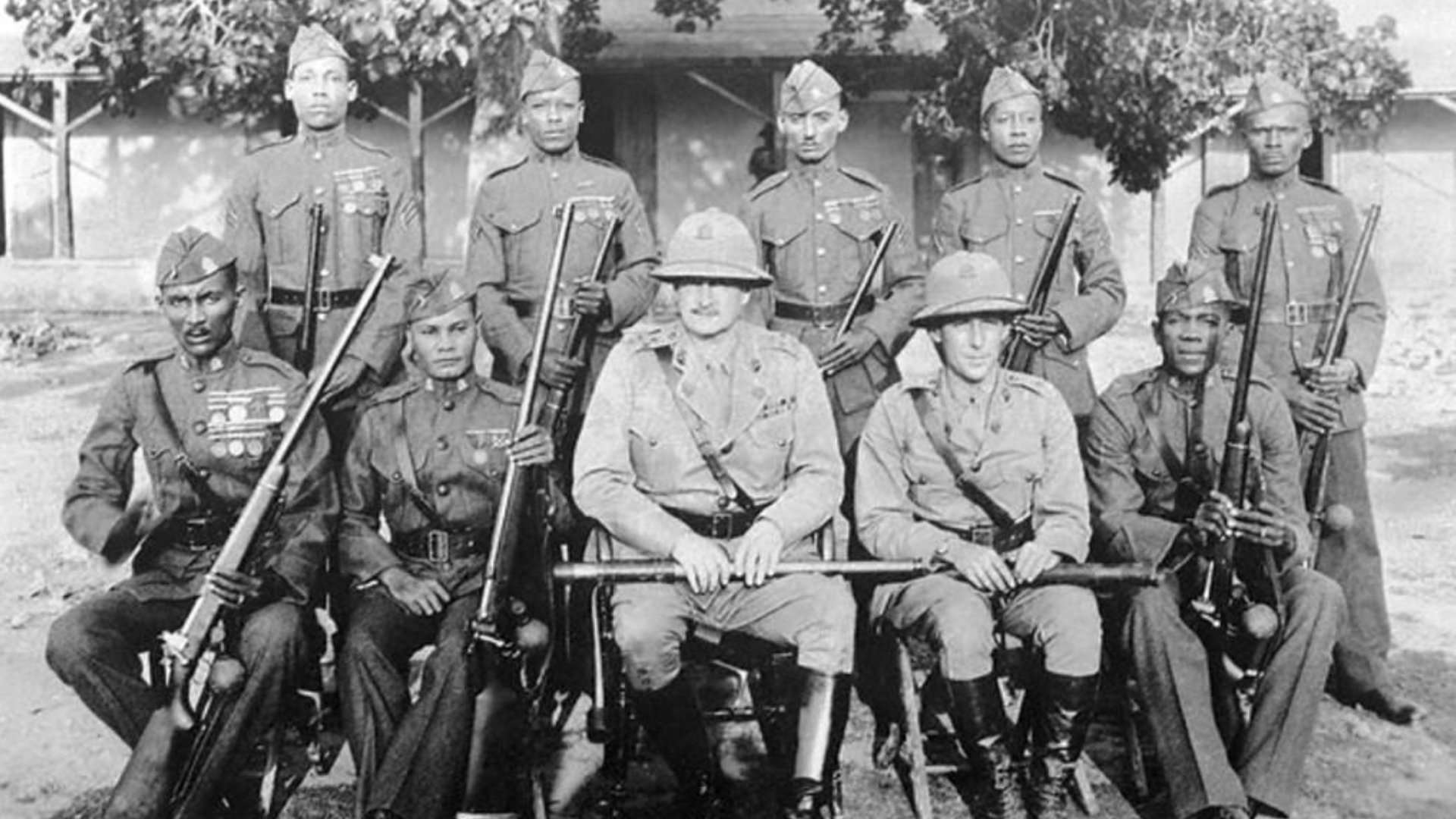
The final stage of the match was fired on a bright, clear day, with a heavy mirage being switched around by a fishtail wind. While that 5-ring at 800 meters looked tiny to the Americans, it looked even smaller to everyone else and the U.S. contingent picked up another 18 points, finishing in first with 30 points on the next team. France gained two points on Haiti at the long range, which threw the two of them in a tie for second place. In the shoot-off at 600 meters, France won out, giving the Haitians third place—a tremendous performance and a tribute both to the shooters and to the team organizers and coaches.
The American team shot their fine new heavy-barreled Springfield rifles, and Remington Palma ammunition loaded with that famous HiVel powder. Somewhat of a departure in long-range matches, all the Americans used the aperture front sight instead of the more conventional post. Both the French and the Haitian teams also used heavy-barreled Springfield rifles and the fine Remington match ammunition.
Even if the program was short, the Americans did pretty well for themselves. They placed in 3 out of 4 team matches, winning the big rifle match and the shotgun race, failing only in the running deer doubles. They placed in 5 out of 6 individual matches, winning 3 gold medals in the process. Again the only match in which they did not place was the running deer doubles. Adding to their successes, the fact that the second- and third-place rifle teams had been trained by the Americans, this was a good year for American shooting.
Read more: Stockholm 1912 Olympics: The Games Become An Event














